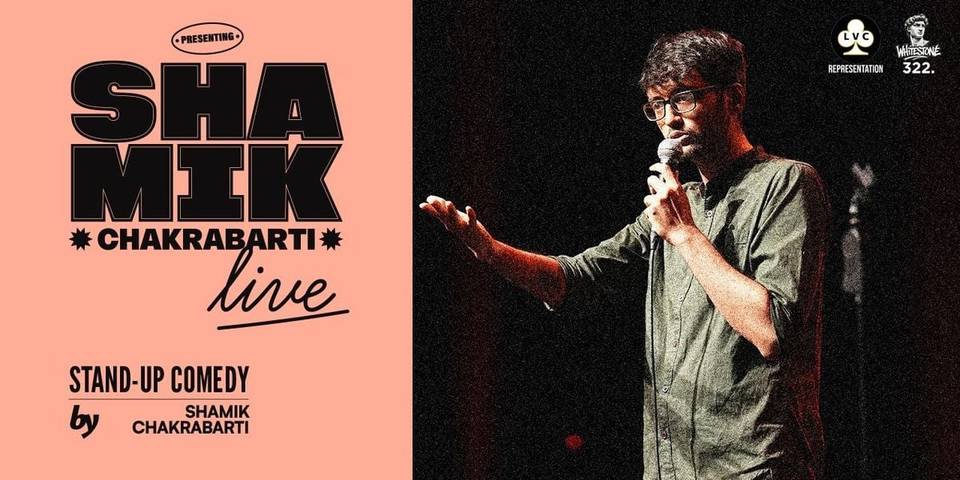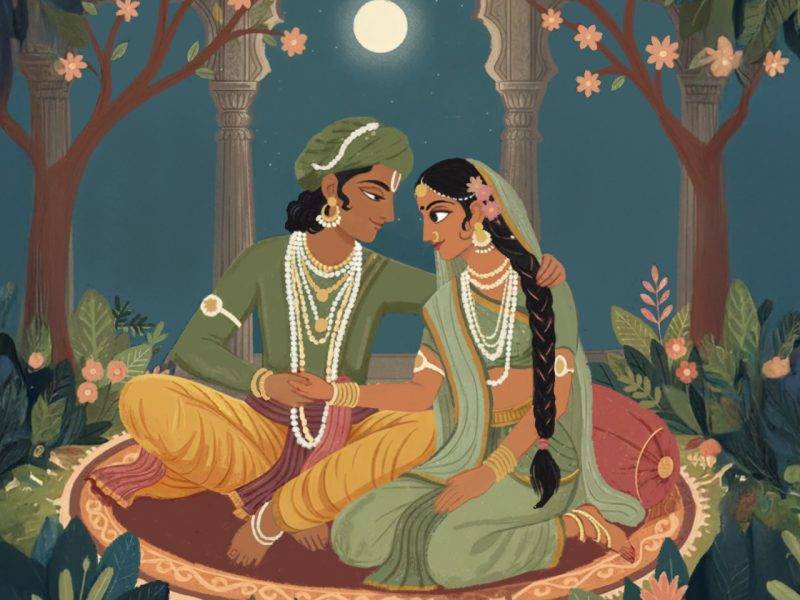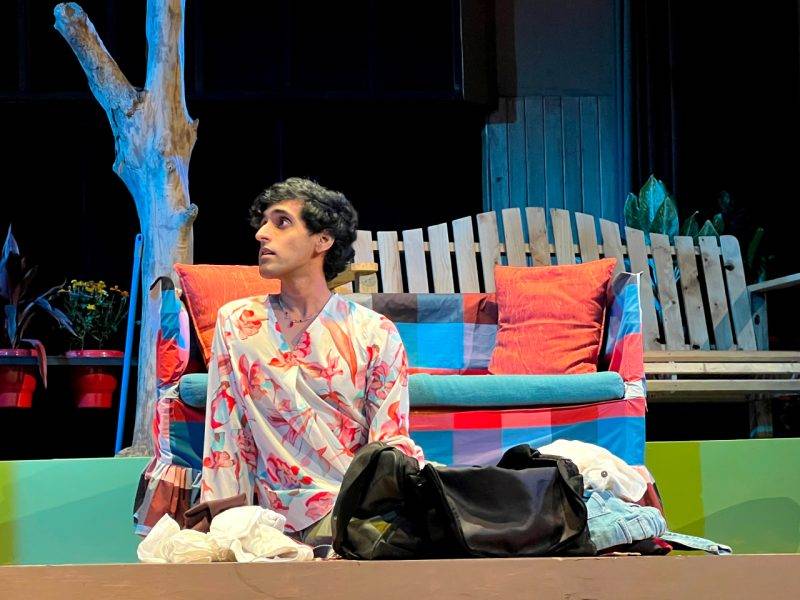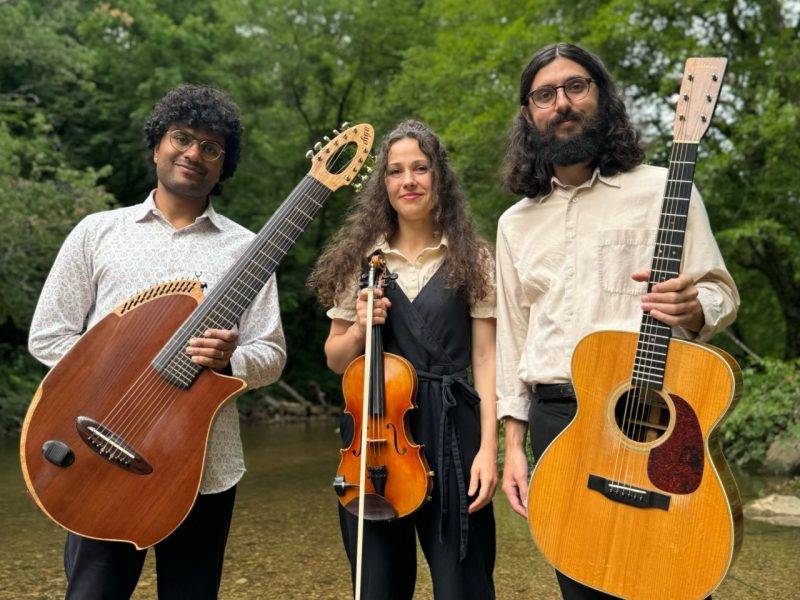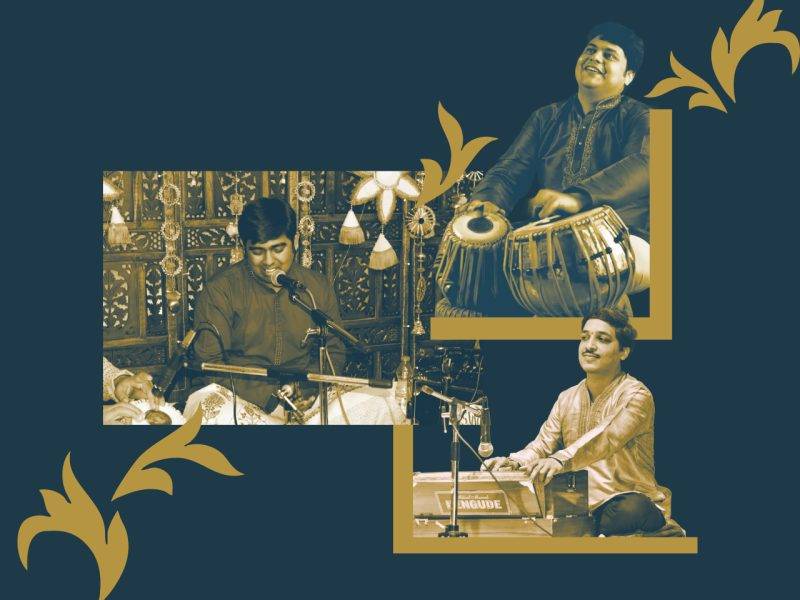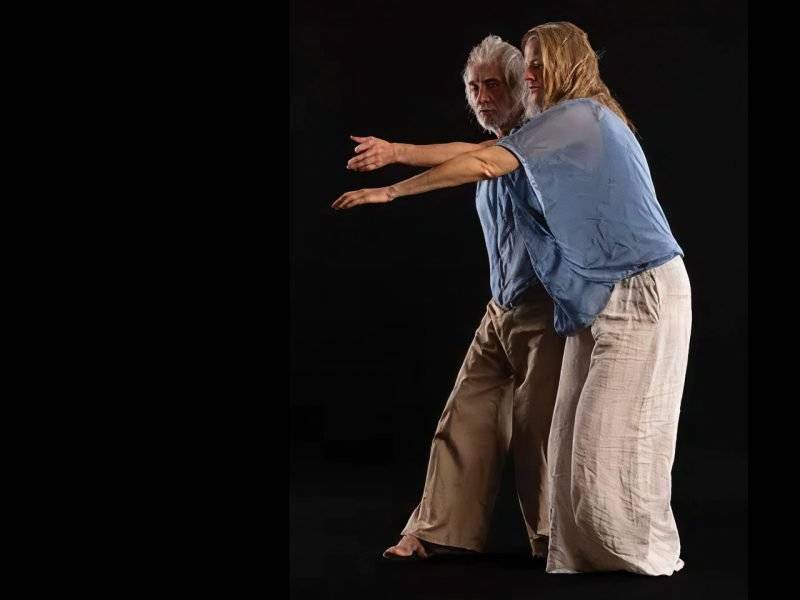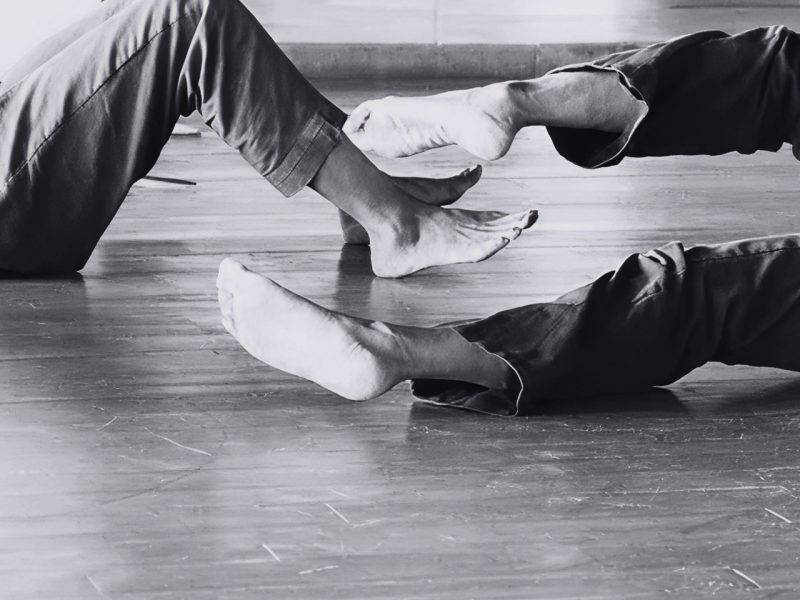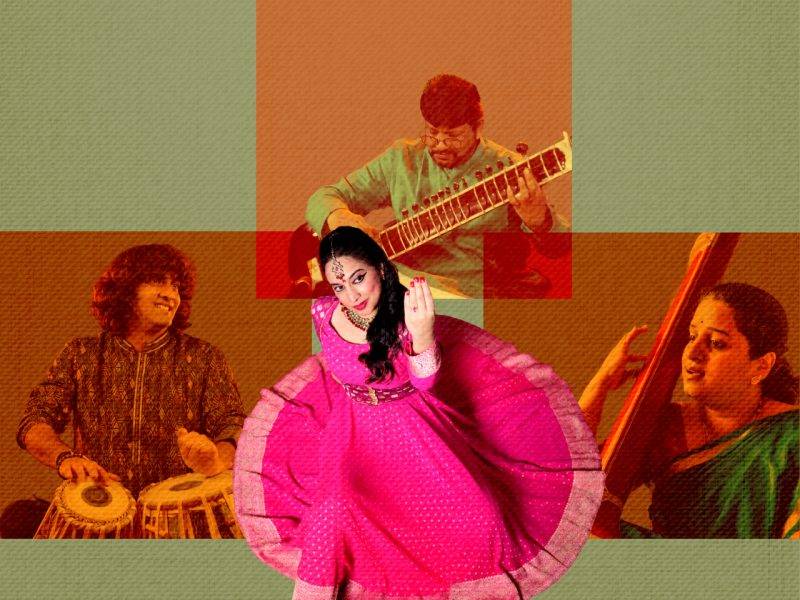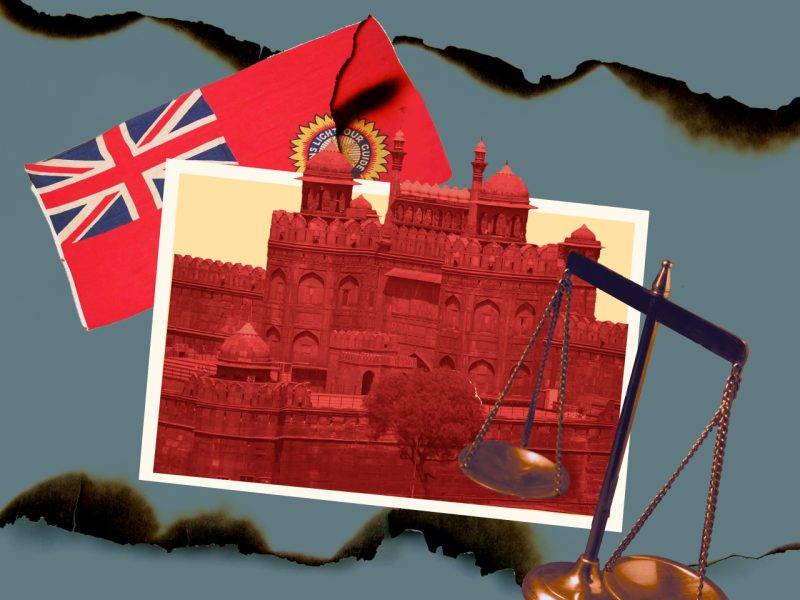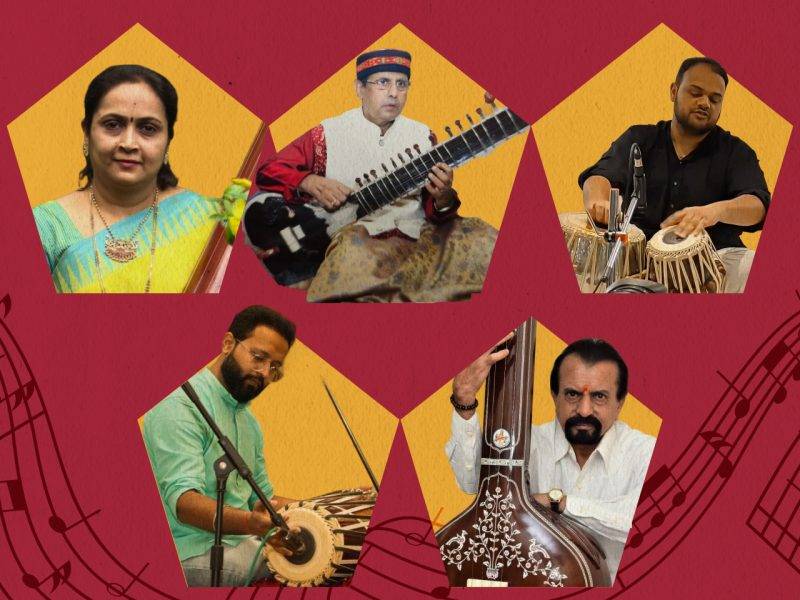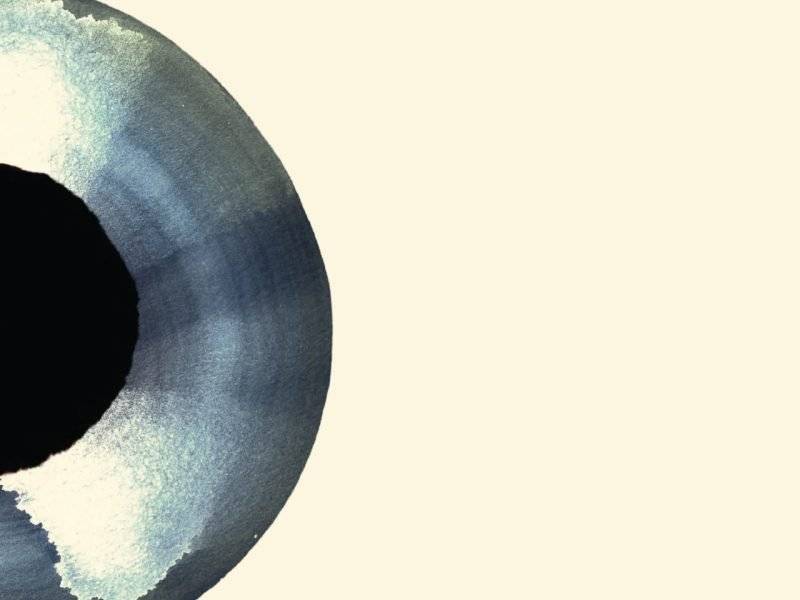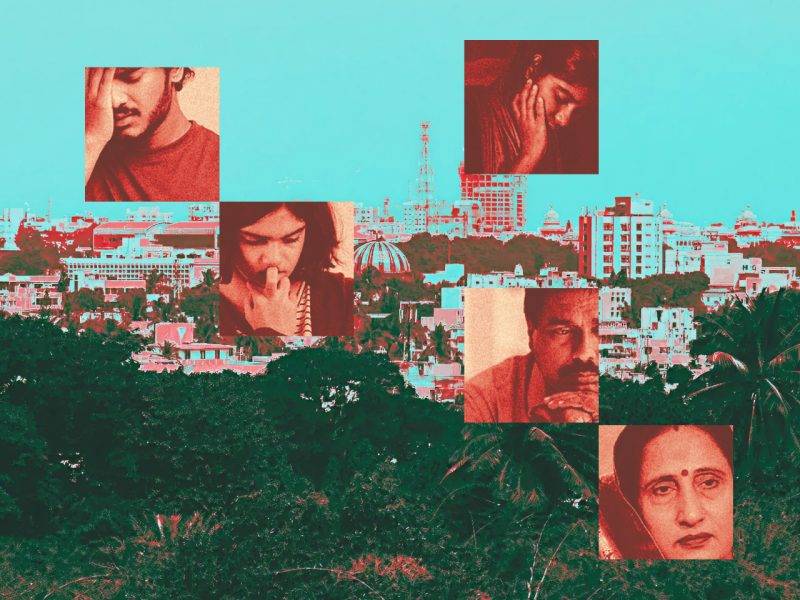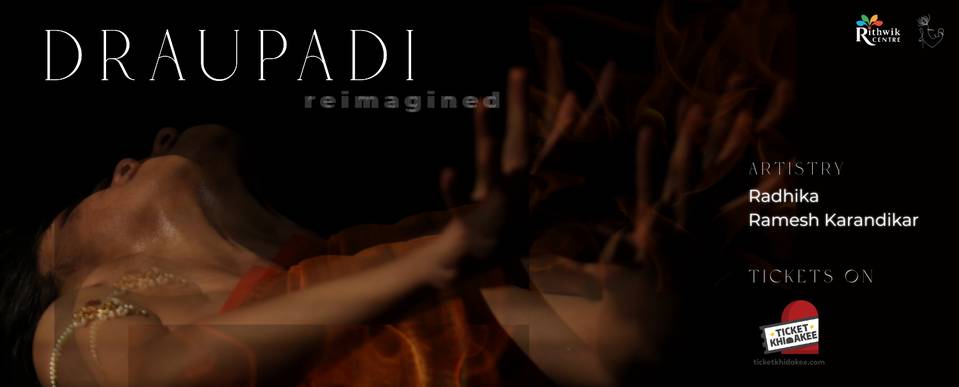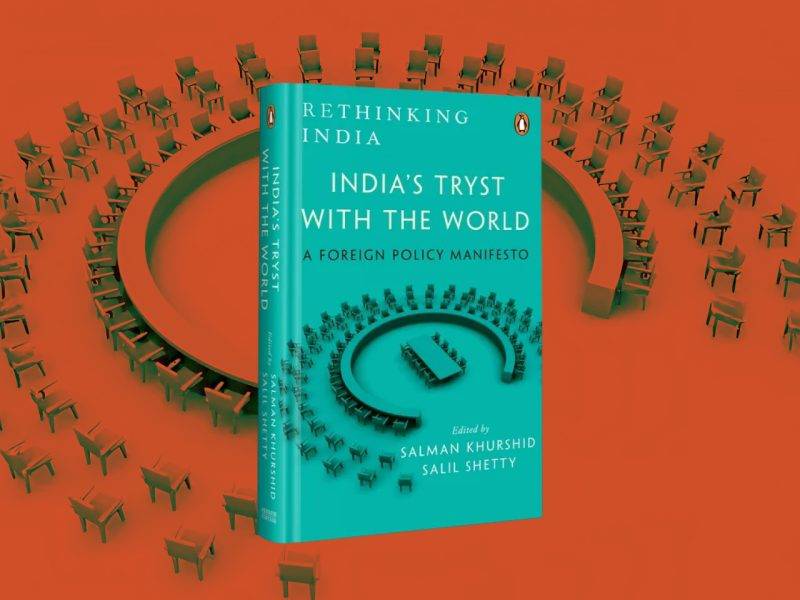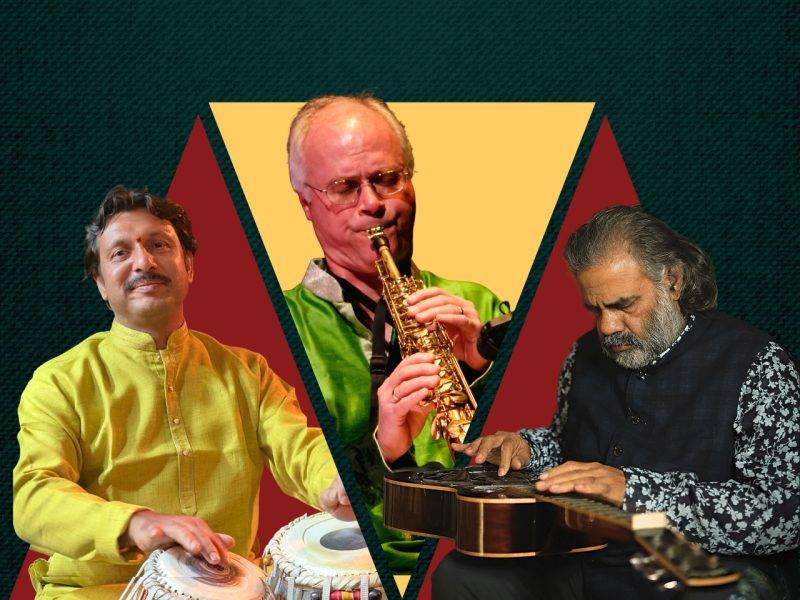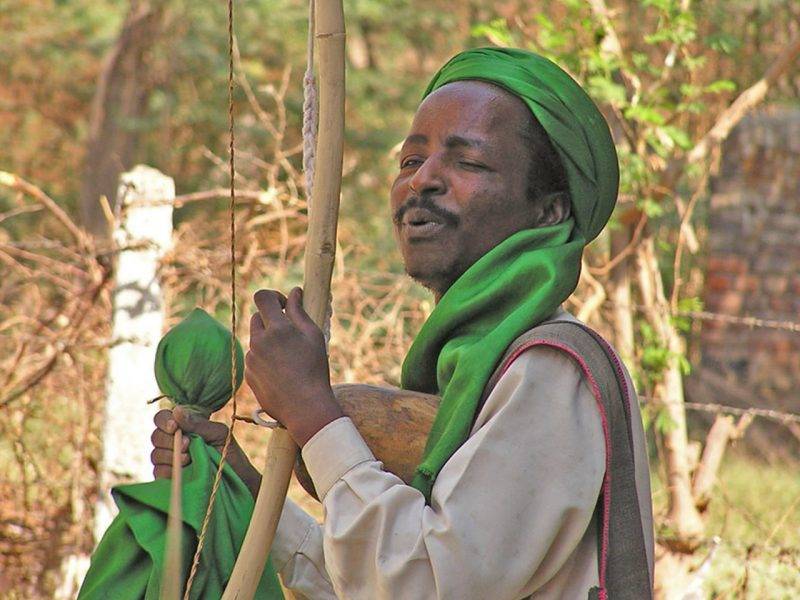Exploring the Temples of the Deccan - 7th to 13th Centuries
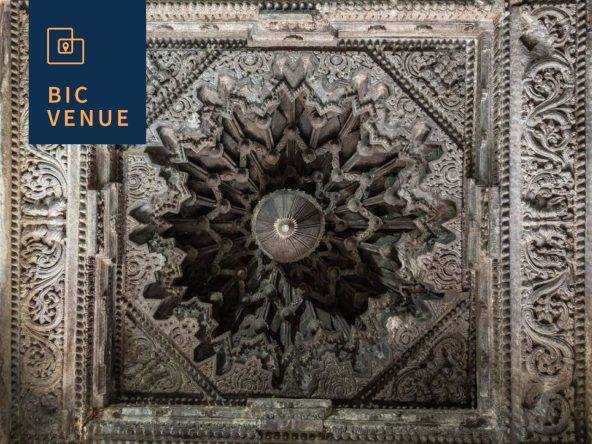
Details
Feb 18 2025 to Feb 18 2025 6:30 p.m.
EVENT HAS ENDED
Where
Bangalore International Centre
7 4th Main Rd, Stage 2, Domlur 560071
Event Description
Of all regions of India, the Deccan has the most diverse architectural traditions, nowhere better shown than in the variety of stone temples sponsored under a succession of dynasties that ruled peninsular India over some 700 years. To illustrate this unique diversity, Michell explores religious monuments at lesser-known sites. He begins with the Early Chalukya temples overlooking the Tungabhadra river at Alampur. He ends with the imposing Kakatiya monument at the out-of-the-way village of Palampet, both in Telangana. In between, he discusses the Nolamaba period shrines at Nandi and Shravana Belgola, and those of the Later Chalukyas at Sudi, Kuruvatti and Lakkundi, all in Karnataka. He concludes with the little visited Hoysala period shrines at Belavadi, Mosale and Agraha Bachhahalli.
A Q&A Session with the audience will follow the lecture.
Image credit – Surendra Kumar
Speaker
George Michell
Architectural Historian
George Michell studied architecture in Melbourne before attending the School of Oriental and African Studies at the University of London. He gained a PhD there in 1974 with his dissertation on Early Chalukya temples in the Badami area. Since then, he has undertaken surveys of historical sites and monuments in Rajasthan, Gujarat, Bengal and Tamil Nadu. During the 1980s and 1990s, together with the American archaeologist John M. Fritz, he undertook a reconnaissance of the imperial city of Vijayanagara and Hampi. Michell has published widely. His most recent book, Temples of Deccan India, Hindu & Jain, 7th to 13th Centuries, on which his lecture is based, was brought out in 2021 by ACC Art Books and the Deccan Heritage Foundation, of which is a Founding Trustee.
